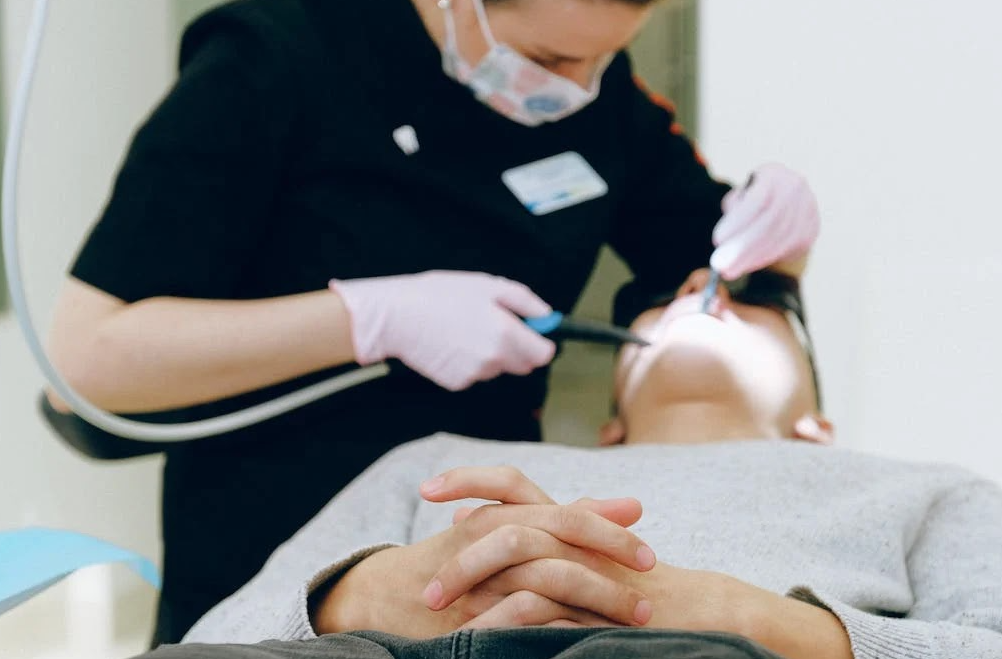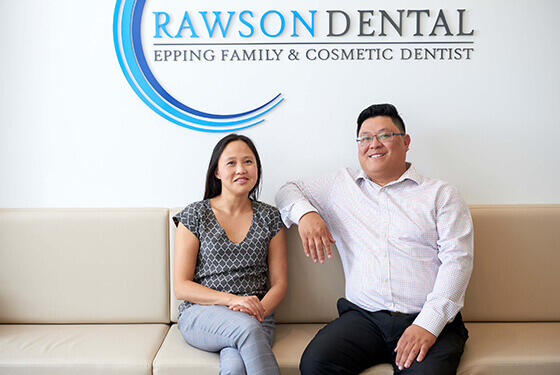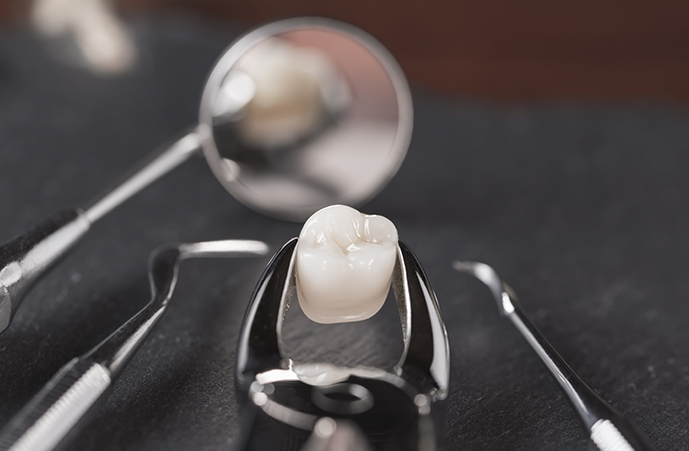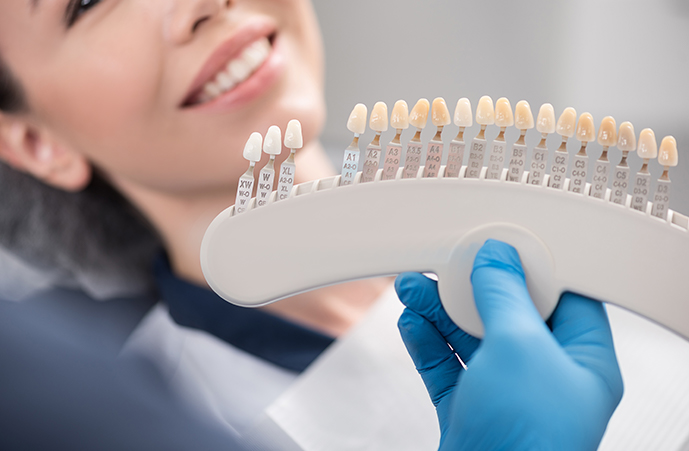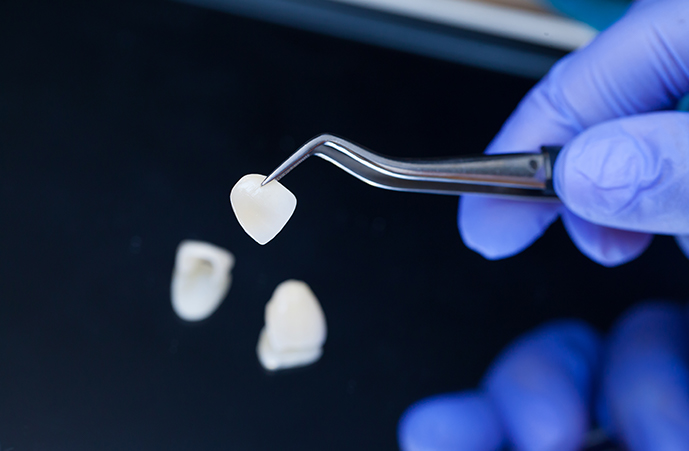Are you considering Invisalign aligners as a solution for straightening your teeth? Before diving into the procedure, it's crucial to understand some key facts to ensure that it aligns with your expectations and needs. Let's explore seven essential details that can help you make an informed decision.
1. Over a million people worldwide choose Invisalign
Invisalign has become a household name since its FDA approval in 1998, with over a million users globally. This clear braces option has gained immense popularity, and chances are you know someone who has used Invisalign® to achieve a straighter smile. The substantial increase from 80,000 patients in 2002 to over a million showcases its widespread acceptance. With more than nine million successful smile transformations, the high patient satisfaction rate can provide reassurance as you consider this cosmetic procedure.
2. Treatment monitoring through virtual technology
Invisalign employs cutting-edge virtual technology for treatment monitoring. Through the use of 3D imaging, your dentist can map out the entire treatment plan, showcasing the anticipated progress at each stage. This virtual roadmap ensures a comprehensive understanding of the transformation process, allowing you and your provider to track the journey toward your desired smile. Regular check-ins and adjustments can be made virtually, minimizing the need for frequent in-person visits.
3. Comfortable and customized aligner experience
Invisalign® aligners are customized to fit your teeth comfortably. Crafted from smooth, BPA-free plastic, they eliminate the discomfort often associated with traditional braces' wires and brackets. The absence of metal components reduces the likelihood of irritation and mouth sores. Additionally, the tailored fit ensures a snug yet gentle grip on your teeth, promoting effective movement without causing undue pressure. This commitment to comfort enhances the overall treatment experience, making Invisalign a well-tolerated option for teeth straightening.
4. Commitment to 20-22 hours of daily wear
Once you start using the aligners, your Invisalign dentist will emphasize the importance of wearing them for at least 20 to 22 hours each day. While they can be removed for activities like eating, drinking, or engaging in sports, consistent wear during sleep and daily activities is crucial for effective treatment. Deviating from this guideline may disrupt the delicate micromovements of the aligners, potentially leading to treatment delays, discomfort, and complications. Adhering to your provider's instructions ensures optimal outcomes; even a few missed days can impede your progress.
5.Removability of transparent braces
Unlike traditional braces, Invisalign aligners are removable, offering flexibility during meals and when removal is necessary. This feature enhances standard functionality and provides relief in moments of discomfort. Adherence to the recommended 22-hour guideline allows for multiple removals within 24 hours. However, excessive removals may increase the risk of premature wear. If any damage occurs to the aligner tray, promptly consult your doctor to discuss additional maintenance or potential replacement.
6. No wires or brackets for a hassle-free experience
Invisalign® braces distinguish themselves by eliminating wires and brackets, providing numerous advantages over traditional braces. The nearly invisible BPA-free plastic aligners ensure minimal impact on your appearance. This comfort-focused treatment allows you to live regularly without visible side effects. Adults, especially those in professional settings, appreciate the discreet nature of Invisalign, allowing them to maintain confidence in their day-to-day interactions.
7. Possibility of post-treatment retainer use
While Invisalign aligners discreetly enhance your smile, some patients may need to wear a retainer post-treatment. Despite the inconspicuous nature of the aligners, a nightly retainer helps preserve the treatment's effects by preventing teeth from shifting back to their original positions. Wearing the retainer regularly for a few months, followed by a gradual reduction in usage, ensures the longevity of your improved smile. While not mandatory for everyone, your specialist will guide you on the necessity of retainers during and after treatment.

 Log in with Facebook
Log in with Facebook 
